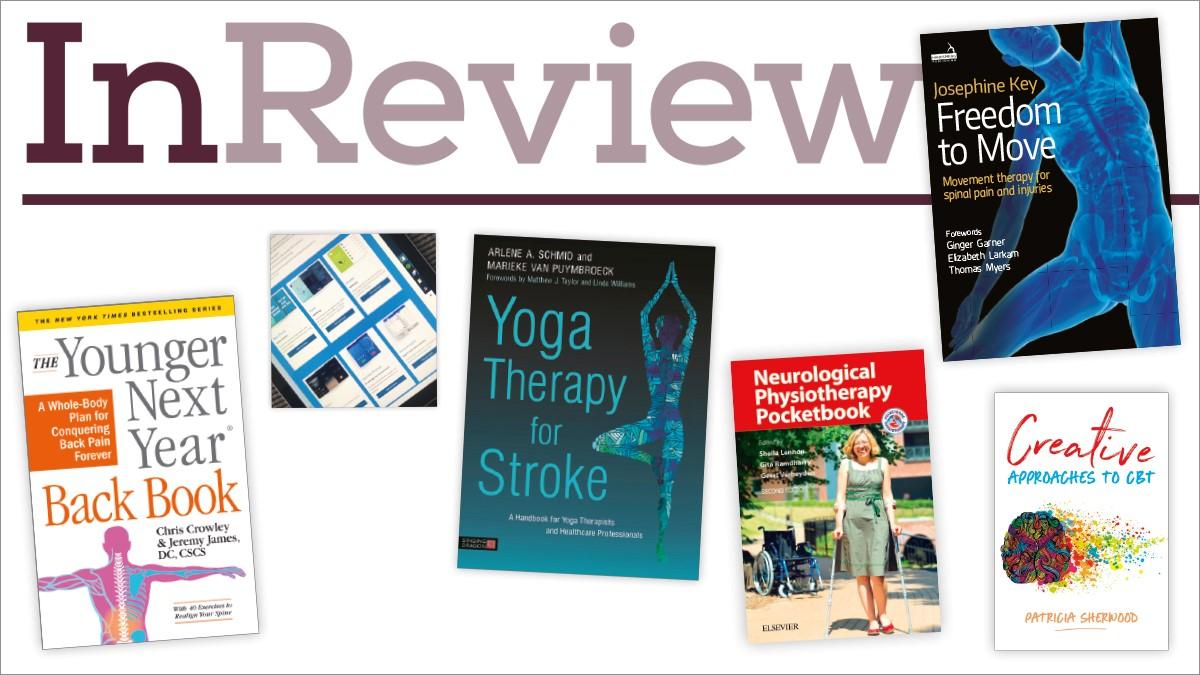Freedom to move builds on the author’s previous work Back Pain: A movement problem, and aims to support therapists improve their knowledge and understanding of spinal health and dysfunction.

Featured book
Freedom to Move Josephine Key Handspring publishing ISBN 13 978-1-909141-92-6
The first section offers an overview of functional anatomy of the moving spine and, while this represents a useful refresher for physiotherapists, unfortunately some of the literature is already dated. It introduces the concept of biotensegrity and the under-recognised and often poorly understood role of fascia in altered movement states. It references the biopsychosocial nature of pain, yet it does not (and cannot) address the psychosocial elements.
The second section concentrates on assessment and management of spinal dysfunction through its focus on altered movement states, building on the biotensegrity concept. Using models of all shapes and sizes, the section is abundantly illustrated with photos, which is helpful to the reader and a real positive.
This book tries to bridge the divide between a physiocentric exercise practice to more holistic exercise traditions of yoga and Pilates. Key has produced a graded series of exercise classes which can be taught using her ‘Key Moves’ prescription, a series of movements modified for people with spinal pain. Key has developed this approach over her career and claims good outcomes, but there is no empirical evidence to support this claim.
On balance, this book will appeal to some musculoskeletal physiotherapists, particularly those with an interest in class-based delivery programmes akin to yoga and Pilates. It is a helpful addition for more novice MSK physiotherapists who want to build their understanding of the role of fascia in movement dysfunction. But the ageing evidence base was a distraction for me and dates this method before it has had the opportunity to be scrutinised.
- Helen Harte, CSP Professional Adviser
The Younger Next Year Back Book Chris Crowley and Jeremy James Workman Publishing ISBN 9781523504473
A lovely read for back patients and their therapists. The writing is a model of clarity and lifts the spirits as well as giving physiological explanations for the root causes of pain and suggested routes to healing.
Tried and Tested APP's for Parkinson’s UK
A new library of useful apps to help Parkinson’s patients manage their condition, from walking and exercise to sleeping and speaking. All are tested by people living with Parkinson’s and the collection will grow over time. Some apps are free to download, others not. The app library is headed by Emma Lawton, who was diagnosed with Parkinson’s aged 29.
Yoga Therapy for Stroke Arlene A Schmid and Marieke Van Puymbroeck Singing Dragon ISBN 9781848193697
Rooted in evidence-based research, this book offers basic information on stroke and neuroplasticity. It suggests innovative, achievable ways to improve balance, strength and a range of motion.
Neurological Physio Handbook Edited by Sheila Lennon, Gita Ramdharry, Geert Verheyden. Elsevier ISBN 9780702055089
Indispensable paperback that fits in the pocket. New edition focuses on the commonest conditions – stroke, trauma and brain and spinal cord injury – and includes new chapters on neurological rehabilitation.
Creative Approaches to CBT Patricia Sherwood Jessica Kingsley Publishing ISBN 9781785925085
Engaging approach to every stage of the cognitive behaviour therapy process with clients of all ages, from childhood to old age. Dr Sherwood has created exercises, built on classical CBT methodology, using the imagination and expressive materials.
Number of subscribers: 1




































